|
0 Comments
By Oliver Statham, CTPS, iTPA Staff
Tennis is one of the most popular sports in the world with participation in more than 200 countries affiliated with the International Tennis Federation. Like many other sports, playing tennis places participants at risk of injury, and although many injuries that occur in tennis are common to other sports, tennis does have a unique profile of injuries. For example, there is no time limit in tennis, and so the players can be battling out on court for hours, producing hundreds of short, explosive bursts of energy. The aerobic and anaerobic requirements, combined with the variety of strokes and movements, induce a unique profile of injuries (figure 1). For the professional tennis player, the consequence of injury results in a lack of income and missed opportunities to gain and sometimes protect precious world ranking points in order to compete at the highest level. If the injury isn’t managed right, it may increase the servility of the injury or cause physiological changes from time off training that can take quite some time to regain (figure 2). On the other hand, a good rehabilitation presents a rear opportunity to review, recondition, and improve athleticism and general robustness. Treating injury as an opportunity is often a helpful mind-set to offer injured athletes as coaches navigate them through a difficult and uncertain period. To begin the process of recovery, this article will firstly highlight the importance of an integrated approach to injury management for all support staff to ensure the best possible outcome is achieved, and then go on to provide some management strategies that should be incorporated during the design and progression stages of a rehabilitation program. Planning the Process When a player gets injured, it is of little use for him/her to start thinking about injury management because it will only lead to precious time lost and mistakes made through inadequate preparation. What is important at this time is the player's confidence in the plan of care as well as the performance team that puts the player at the heart of the rehabilitation process. This may involve: · Coach · Physician · Strength and Conditioner · Psychologist · Nutritionist · Physiotherapist, Chiropractor, Athletic trainer Unless the player is a world-class professional or on a prestigious college tennis team, most players usually involve a few individuals; however, the one person who does not vary and should remain at the forefront of the management process is the player. Regardless of whom is involved as a member of the performance team, it is vital that the roles and responsibilities of each member are clarified and that they combine as a unified interdisciplinary team, not just a multidisciplinary team! This will prevent confusion from many separate opinions and outcomes, because many aspects of rehabilitation are interrelated and consequently there will be elements of crossover in terms of input at any given time. An interdisciplinary approach will ensure that there is no uncertainty among the performance team and promote the philosophy of a "One Athlete-One Program”. Managing the diagnosis Injures present a time of uncertainty and can be very disheartening. It is little wonder the first question usually asked by the player is 'how long until I can get back on court?' or 'do you think I'll be ready to play the ___ tournament?' At this point, the appointed health professional should manage the player's expectations while providing an accurate, realistic, positive answer. In which case the player should receive the following. 1. A judgment that is not influenced by the pressures of those who stand to gain e.g. contracted practitioner’s attachment to the player’s on-court success. 2. A correct diagnosis with discussions involving other practitioners in the team before providing narrow time lines to return to play. 3. A best and worst case scenario along with a detailed explanation on what is involved before returning to court or competition. 4. Be provided with a clear, criteria-driven program that includes input from all relevant members and accounts for external life priorities and pressures, and athletic capabilities that need to be developed. But there is little point of the player knowing all this if he/she is not mentally ready to commit to the rehabilitation process. The next stage is for the player to gain a level of acceptance and desire to move forward. Usually the player's major barrier and source of anxiety is uncertainty, particularly in the diagnosis. It is therefore critical the explanation of the injury is explained fully and is understood by the athlete. This may involve multiple explanations to best suit the players learning style and for the information to be accepted. Adequate time needs to be given as well as opportunity for the player to ask questions. Thinking in terms of abilities, not disabilities A good rehabilitation program is drawn from an in-depth understanding of what body parts can be pushed, for how long, and why. This highlights the importance of developing a interdisciplinary approach as opposed to the traditional medial approach. The focus should not just be on what the player cannot do at this time; instead, emphasis should be placed on what the player can do. It is this approach that unites the coaching staff, athlete and strength and conditioner with the medical team so that the player can gain more out of the recovery stage. Injury as an opportunity Injury can offer an opportunity to review the player's capabilities as a whole, without merely focusing on the injury. A holistic approach at this time provides the opportunity to improve · Physical capacities (e.g. upper body strength, aerobic power) · Tactical awareness · Emotional and psychological resiliency · Movement efficiency · Injury profile For these elements to be improved requires close communication between all involved in the interdisciplinary team on all components to meet the player’s needs without compromising rehabilitation outcomes. Design and delivery All of the above amounts to nothing if the practical elements (that is, the delivery of the rehabilitation program), lacks precision and effectiveness. All members involved in the performance team have essential roles and responsibilities in the planning and delivery of the rehabilitation process. The stages of rehabilitation are divided into staged phases of escalating demand (such as acute, low load, moderate load, high load and return to tennis sections). in conjunction with consideration to pre-habilitation once the athlete has returned to full function. The program format should be clear to all members involved with a structured pathway demonstrating where the player stands currently in the program and where he/she needs to be in order to move to the next stage. The progress stages of the program should also be manageable stepping-stones that ensure the player has a series of win. In order for a successful progression there needs to be close networking between the athlete and support team to determine what tennis-specific exercises concern the player. Importance of periodising rehabilitation Adaptation to an imposed demand requires both stimulus and recovery. We know and apply this principle when designing periodised training programs, and this should be the same for periodising rehabilitation, yet this is not always the case. For example, a player might be assigned a daily upper-body strength program in order to not load an injured knee, or extra running if the player has a shoulder injury. This type of approach that has not strategic, long-term view of loading may overwork the player and cause him or her to become stale when they return from injury. To avoid these types of continuously dreary and ineffective programs, start by estimating the return to play date and then work backwards, incorporating low-, medium-, and heavy- load weeks. This will ensure all bases are covered and before competition prevent the player from losing his competitive edge. Importance of exit criteria The progression stages of the rehabilitation program should be judged on achievement formulated, objective exit criteria. This will provide a clear direction of player’s recovery status and minimize the likelihood of inappropriate rehabilitation drills, sequencing, volume and loads. Doing so requires a good understanding of how the tissues functions and become stressed, and players technical and technical requirements. Developing a clear road map to recovery with definitive exit points allows the performance team to be more aggressive with the program, while having the confidence to know where the boundaries lie, and therefore reducing the risk to the athlete. Another important point to note is that the rehabilitation stages should not be based on time, but rather achievement of functional competencies. Although there are certain healing times for particular injuries, the performance team should stay focusing on the achievement of functional goals rather than passing time. For example, the right-handed player may take 10 days to recover from a minor right ankle sprain, but he/she can't demonstrate competency in decelerating when recovering from an on the run forehand. It is much better to develop a return to play criteria for the athlete to satisfy rather than cross days off on a calendar. Lets say the player with the minor ankle sprain can start with drills that involve change of direction. Speed should only be incorporated once the player can do the drills slowly; the player can perform the drills slowly once he/she can decelerate; the player can decelerate once he or she can run; the player can run once he or she can hop; and so on. This competency-based approach to the rehabilitation stages ensures a logical and methodical flow to tissue loading to make sure the body is ready to handle the stresses of match play once returning to competition. In summary: 1. Teach players to have a perspective that injury is an opportunity to build on what they can do, not what they cant, which will improve recovery times and provide the opportunity to review and develop the player. 2. The rehabilitation process must be carefully constructed with clear exit criteria at each stage to ensure a timely, holistic, and safe progression. 3. A “champion team” will always beat a “team of champions”. The rehabilitation process should include input from the whole performance team and be delivered as one plane to the athlete, demonstrating unity, a clear direction, and purpose. LaRue Cook, CTPS, CSCS
LaRue Cook is an ITPA certified CTPS who also holds certifications as a CSCS from the National Strength and Conditioning Association, Sports Performance and Injury Prevention Trainer from the Cincinnati Sports Medicine Research and Education Foundation, Youth Conditioning Specialist from the IYCA and a Speed and Agility Coach from the USA Track and Field. LaRue also holds a BS degree in Health Science. LaRue has worked with tennis and other athletes for the past 21 years, and has served as Sports Science and Exercise contributing writer to such publications as Tennis View Magazine, Tennis Life Magazine and ESPN.com. He currently serves on the Board of Examiners of the National Board of Fitness Examiners. LaRue is based in Alexandria, VA but travels the country presenting Tennis Fitness and Conditioning clinics to tennis clubs, country clubs, tennis teams and more. "I see having achieved the distinct honor of passing my CTPS exam as validation of all of my efforts over the years to continue to learn and challenge myself to improve both my skills and knowledge in how to help tennis athletes to improve their performance and reduce their risk of injury." (LEC) Contact Information: LaRue E. Cook, CSCS, CTPS Alexandria, VA 703-217-2309 www.lecfitness.com [email protected] Robert Carlbo has obtained all 3 iTPA Certification levels, including the highest level, MTPS, and was the 2013 PTR Professional of the Year. In addition to his extensive tennis coaching credentials, Robert recently visited Trinidad to teach underprivileged kids in rural areas.
"It was truly one of the most rewarding things I have done in my teaching career. Every day I teach a wide variety of players from performance to 10 and under, which allows me to stay on top of my game and keep things fresh and exciting. But this particular trip was really rewarding seeing the kids being so appreciate while learning some athletic development and tennis skills." Some great photos from his trip are below. Great job Robert! |
iTPA Blog
The leader in tennis fitness, performance, education and tennis certification. Get iTPA Certified today! Categories
All
|
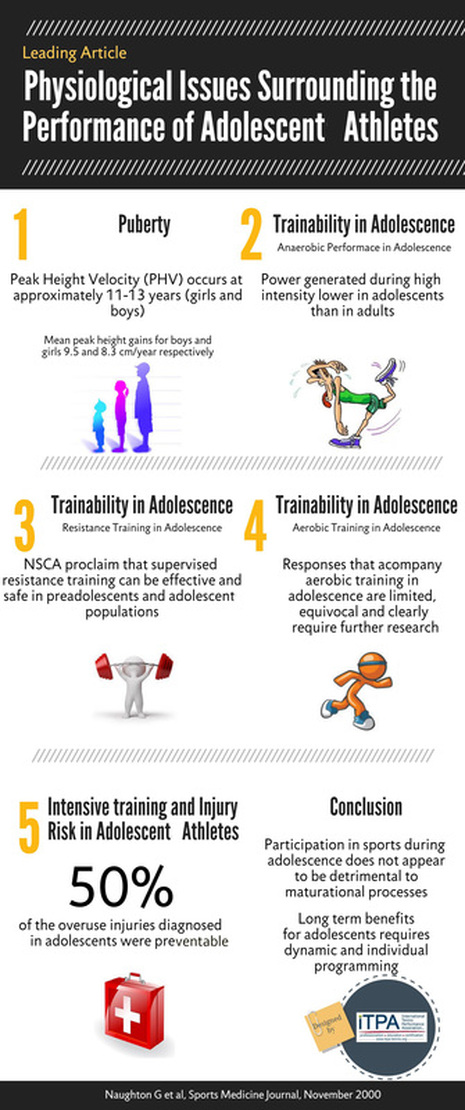


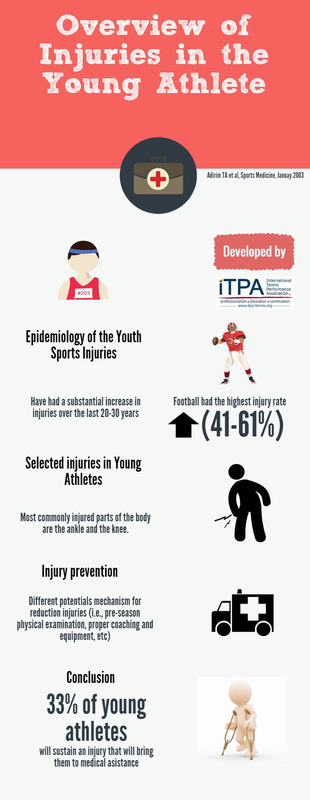
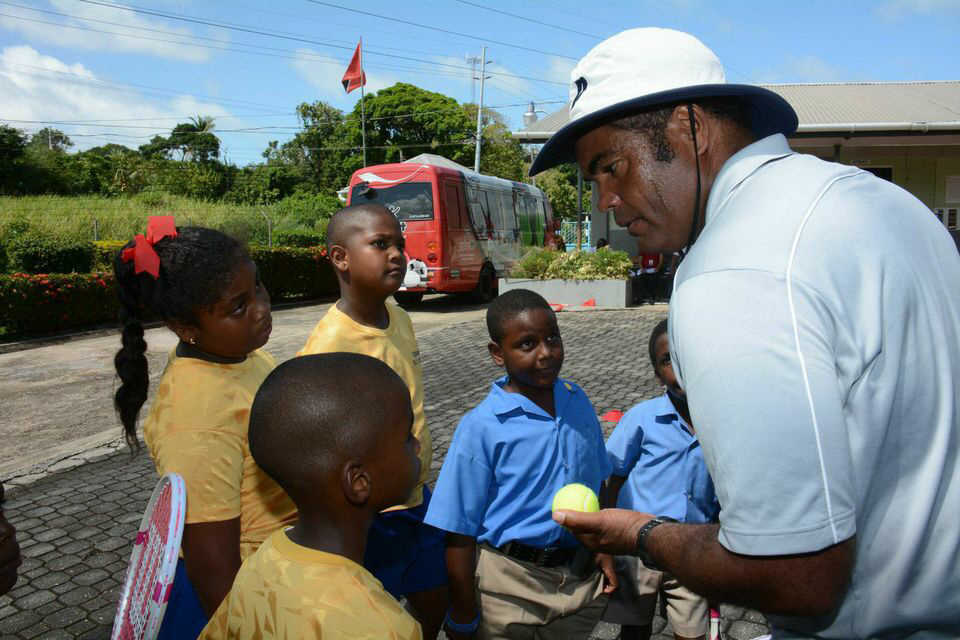
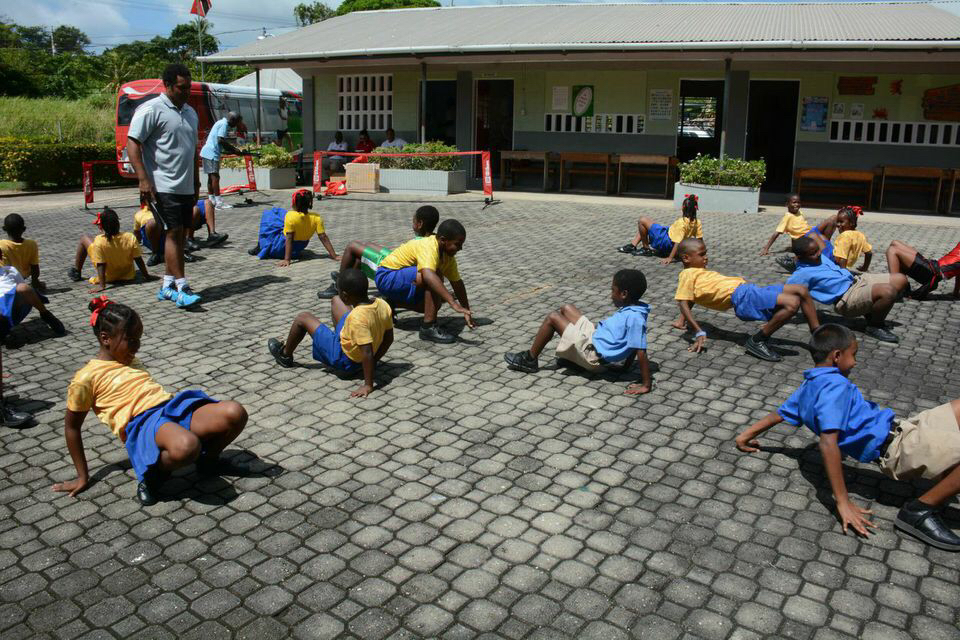
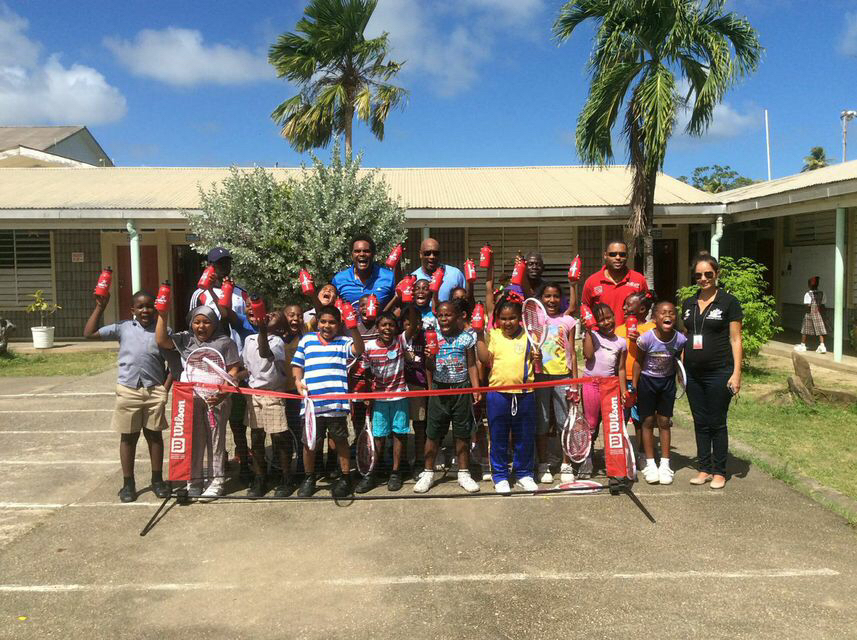
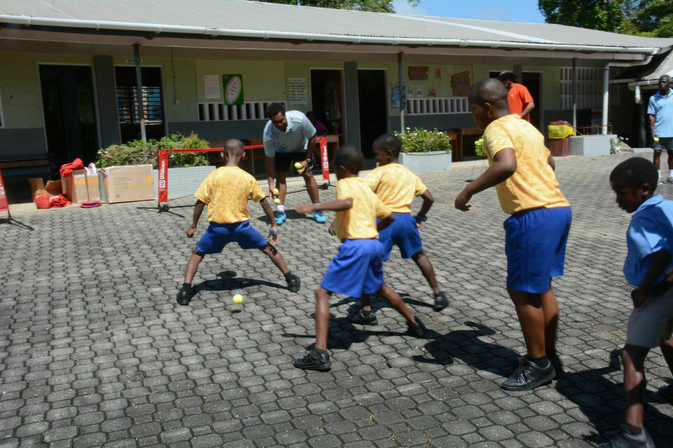




 RSS Feed
RSS Feed
